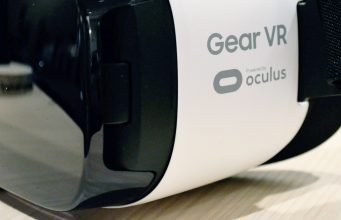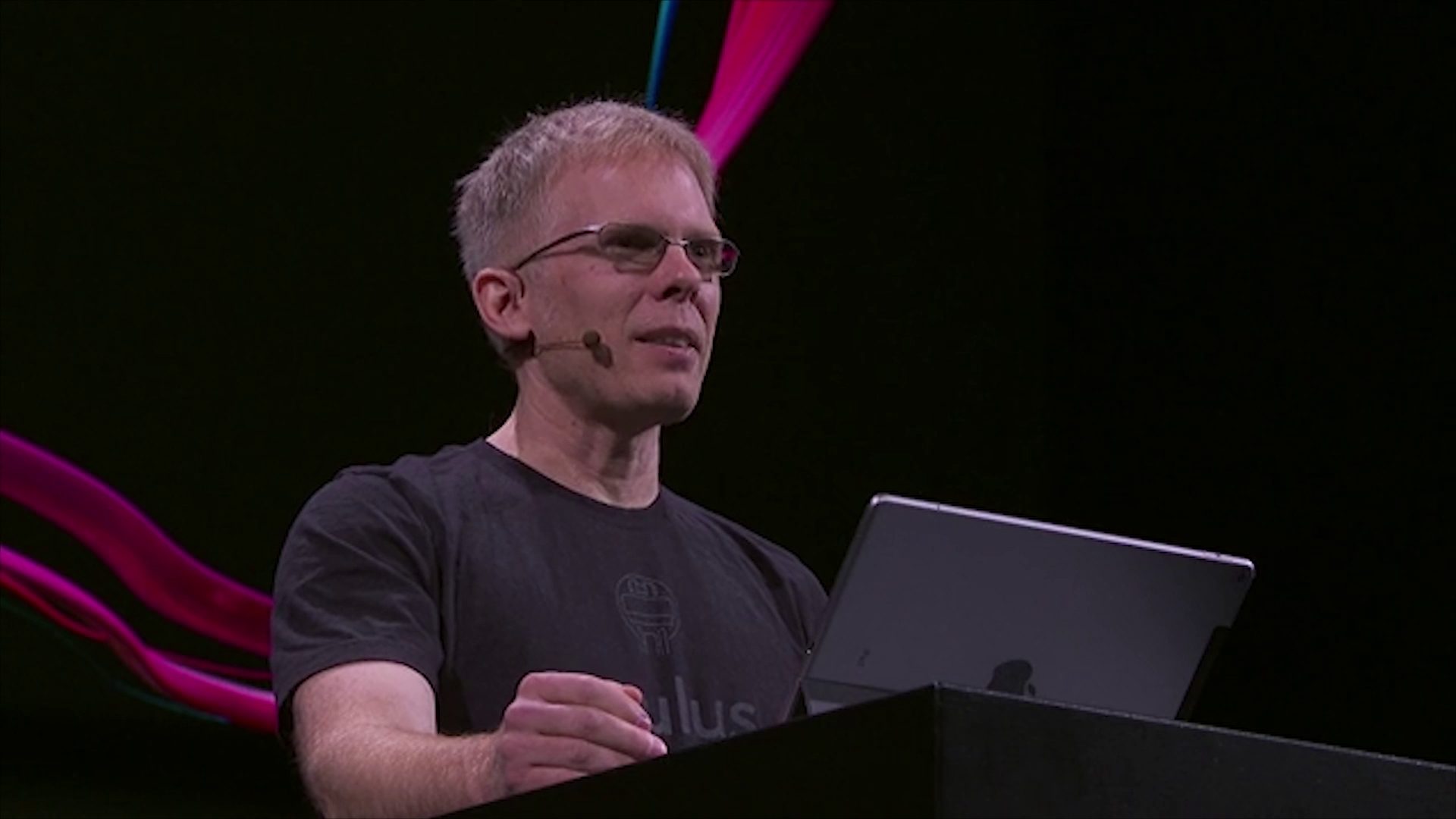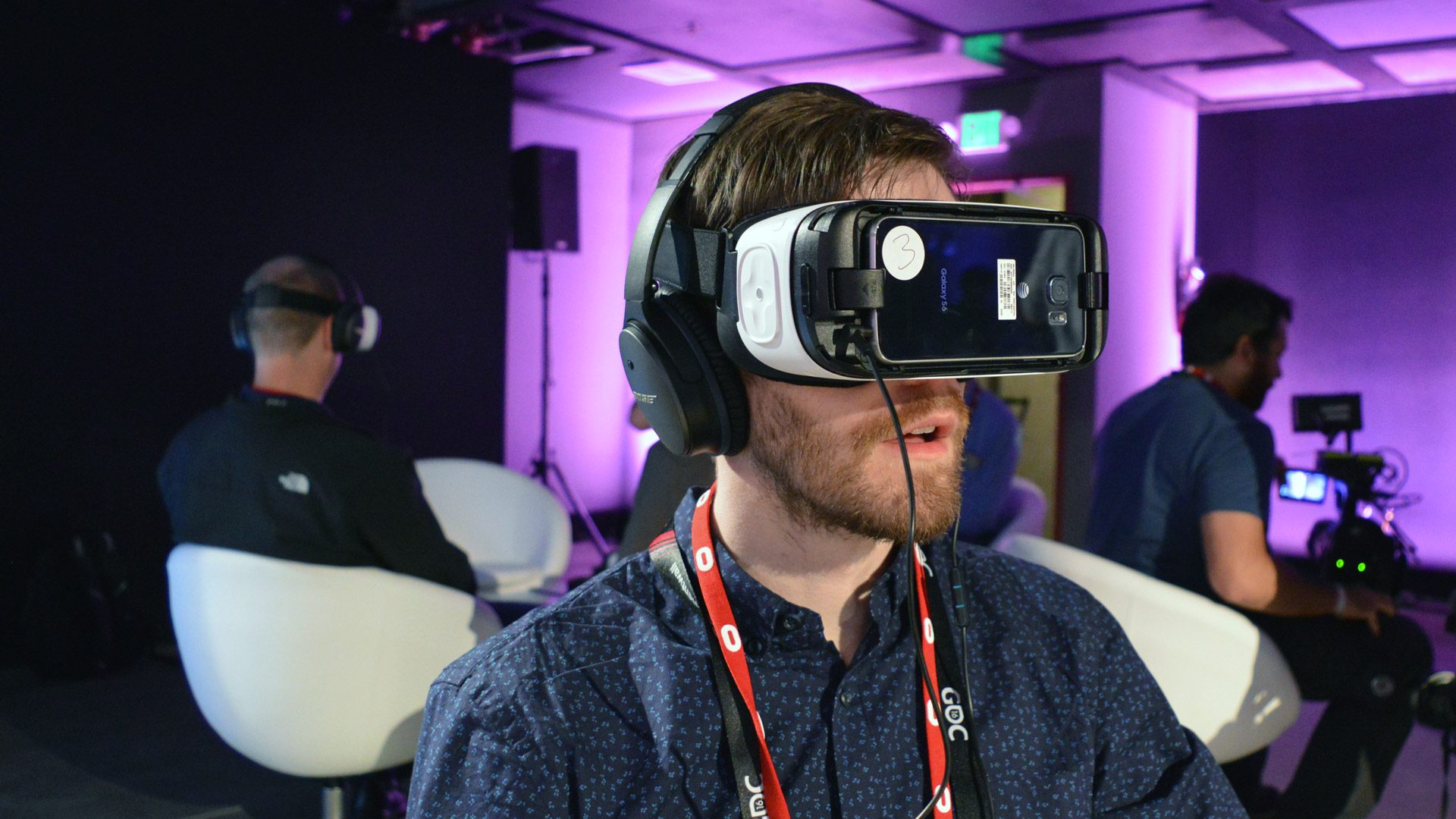
Oculus CTO John Carmack took to the stage at Oculus Connect 6 to give his patented stream-of-thought speech. Here, he gave what he called a “eulogy for Gear VR,” as he detailed the failings, and some of the harder truths that both he and the company had to face in what turned out to be a less performant return on investment.
If you know anything about Gear VR, you know it was a bit of a Frankenstein hardware platform. Along with newer Samsung smartphones came the need to rejigger the headset to make use of them, although that’s not the biggest issue that lead to ultimately worse retention that all other Oculus VR headsets on offer.
“It was the classic leaky bucket that growth companies are advised not to pour effort into,” Carmack lamented. “We did pour a lot of money into the content there. There was significant amounts of money spent on content, and when I would look at a spreadsheet on where all of it went, and some of the apps that did almost nothing, it’s kind of sad.”

In comparison to Rift, Rift S, Quest, and Go, Gear VR retention was “way lower,” he revealed. Although Gear VR runs basically the same content as Oculus Go, Carmack posits that user friction was the big sticking point, and that early concerns around battery life—Gear VR draws from the smartphone’s battery—were somewhat overblown.
“In retrospect, the people draining their battery […] were playing in VR and having a good time, and that wasn’t really driving them away,” he explained. Instead, Carmack says, the issue of poor user retention was more based on the fact that users had to get their phones out of their pockets, pull off cases, mount and dock it.
“There was a lot of things we could have done. The docking was fiddly. The mounting was fiddly. There were all sorts of software things that we could have done a lot better.”
Carmack admits that Google Daydream’s holder was better than Gear VR simply because it held the smartphone in place, and didn’t require physical docking—something that was needed with Gear VR in the early days due to the lack of high precision IMUs in compatible Samsung phones.
“The lessons we learned from this,” Carmack maintains, “is it’s almost always better to trade things to make it easier and faster to get into the experience.”
Funnily enough, Oculus first saw good numbers with gamepad-based Gear VR games, but the return on investment still wasn’t optimal, Carmack revealed. The gamepad itself was too simplistic, he said, so much so that it couldn’t play popular games that would keep users in the headset and coming back for more. The true nail in the coffin was, according to Carmack, that the gamepad couldn’t let the user play Minecraft.

In the end, lowering the price of Gear VR did virtually nothing for retention either. The company did throw around the idea of creating another headset-smartphone style which would connect via a cable and stay in your pocket while a light and high-resolution headset was tasked with doing visual work alone, but by then the company had headed in the direction of Oculus Go.
That’s where the Gear VR content lives on today, and will continue to live on through Quest.
If you want to watch the entire talk, you’ll be able to catch it here.
The post Oculus CTO Explains Why “Gear VR’s days are numbered” appeared first on Road to VR.
from Road to VR https://ift.tt/2nBQVD7
via IFTTT
No comments:
Post a Comment